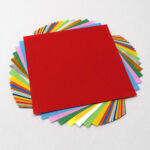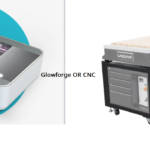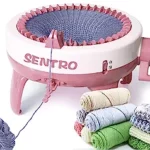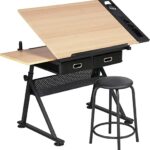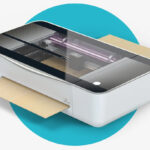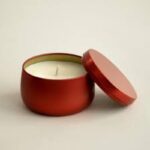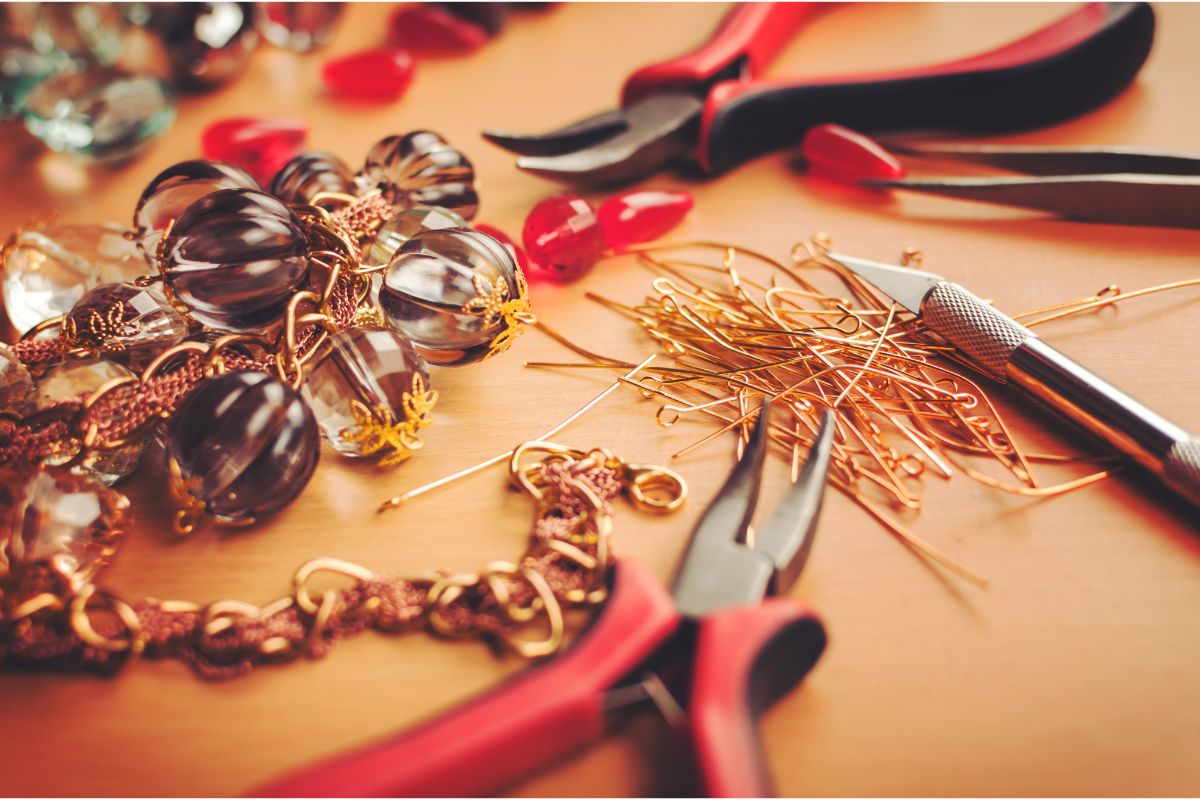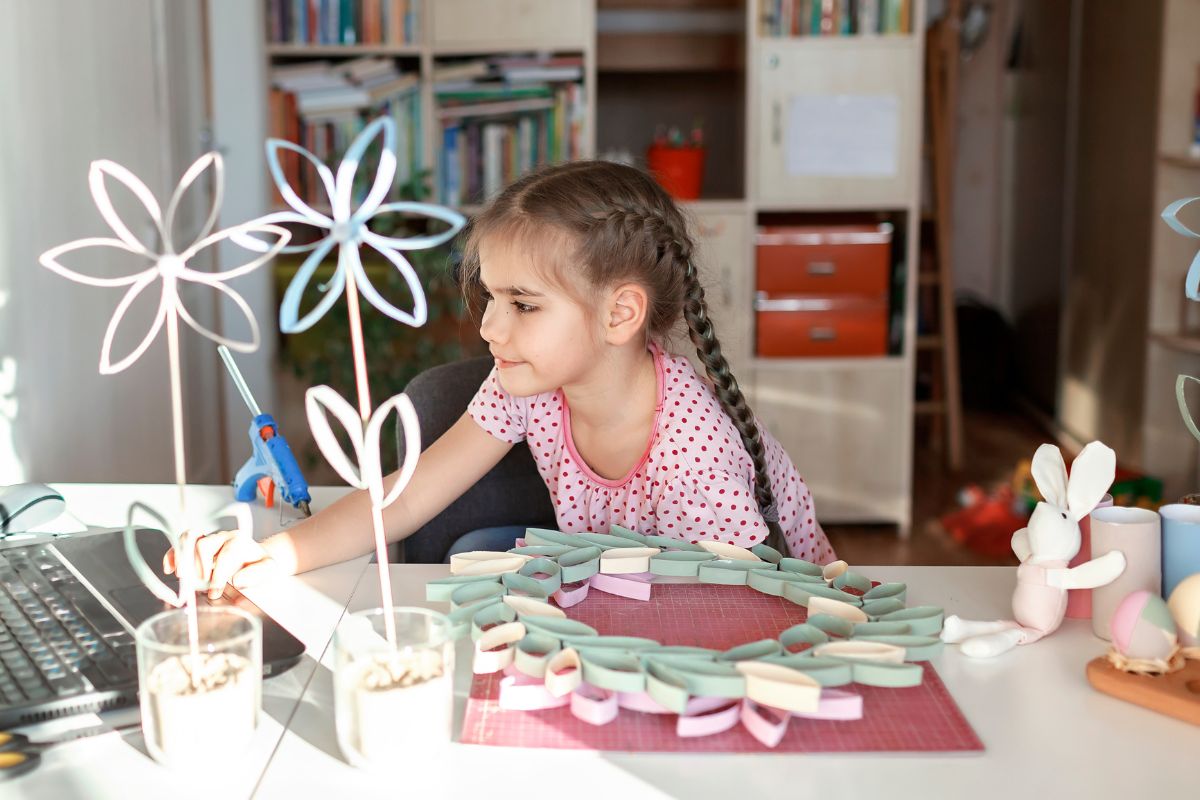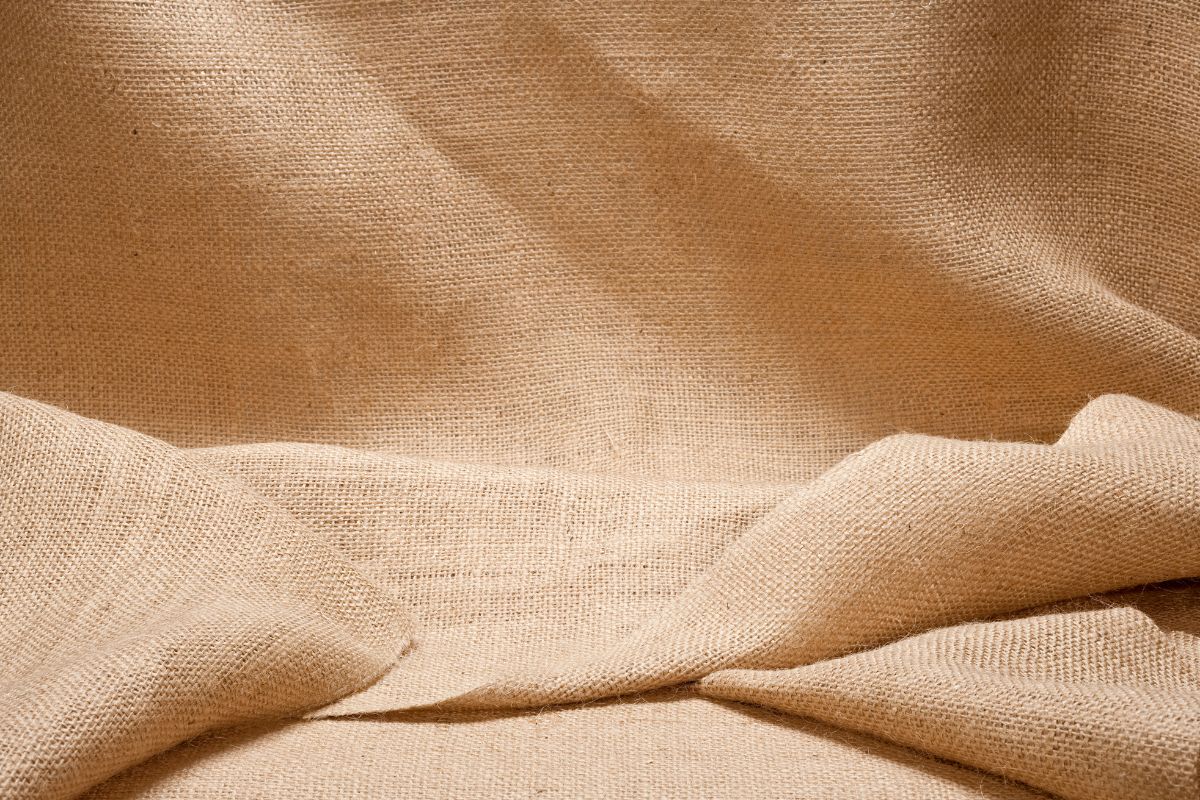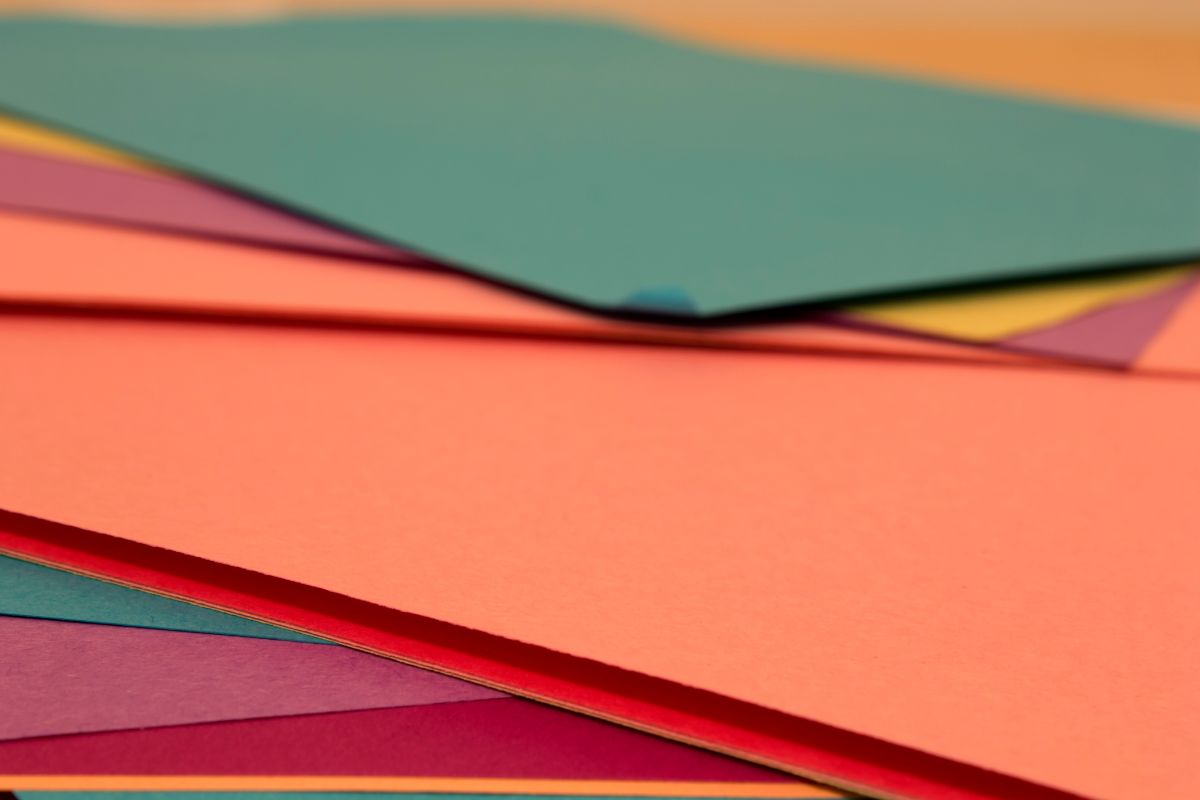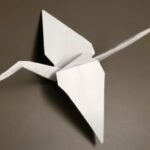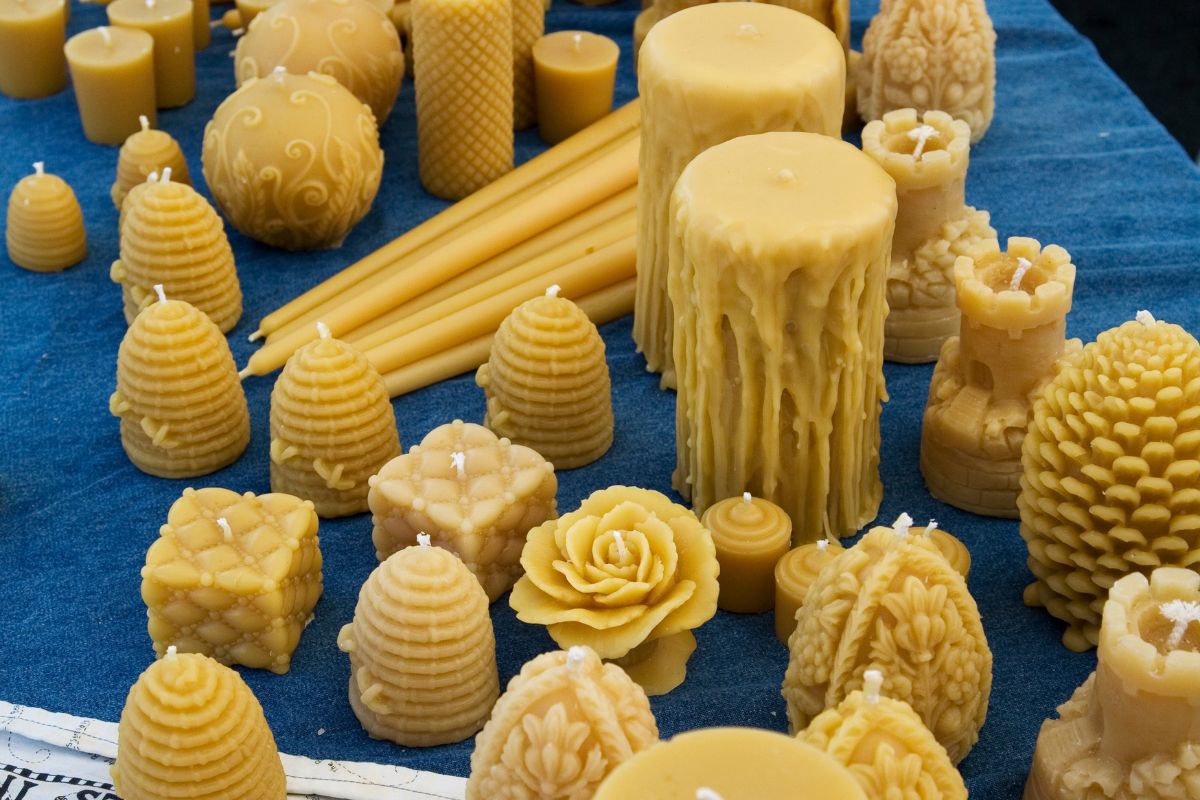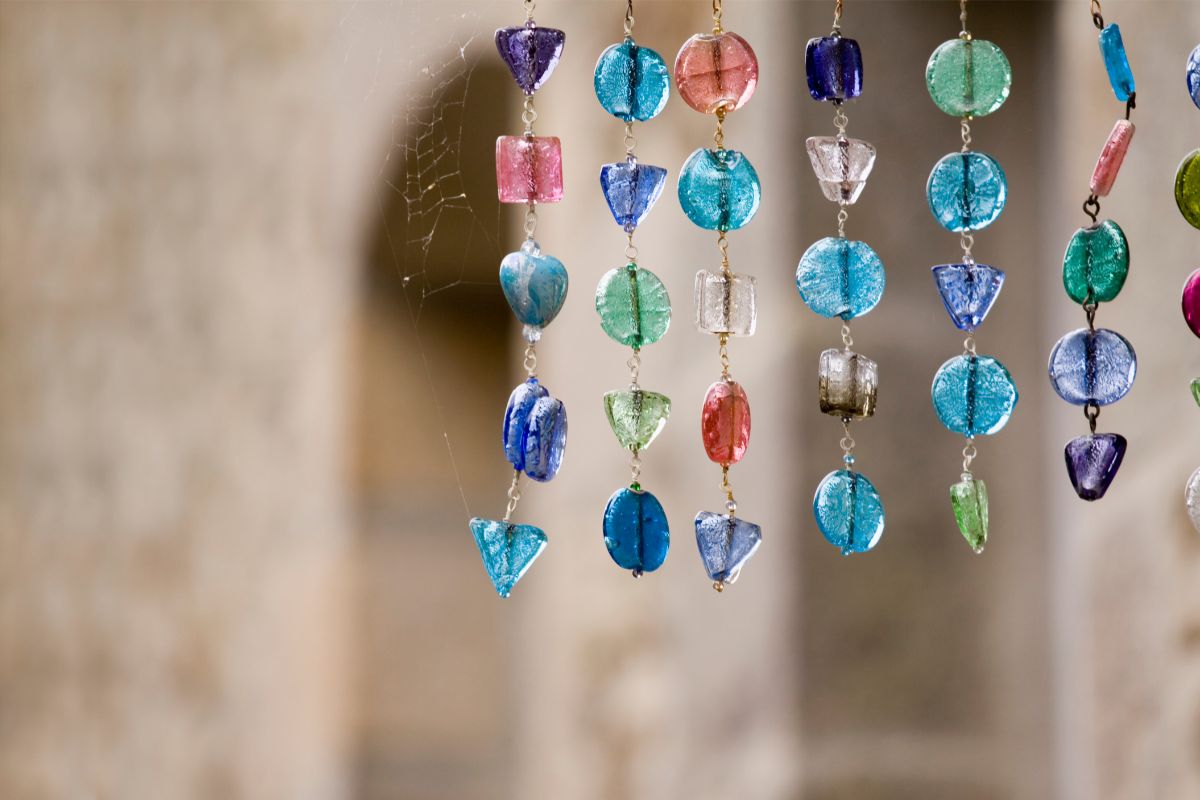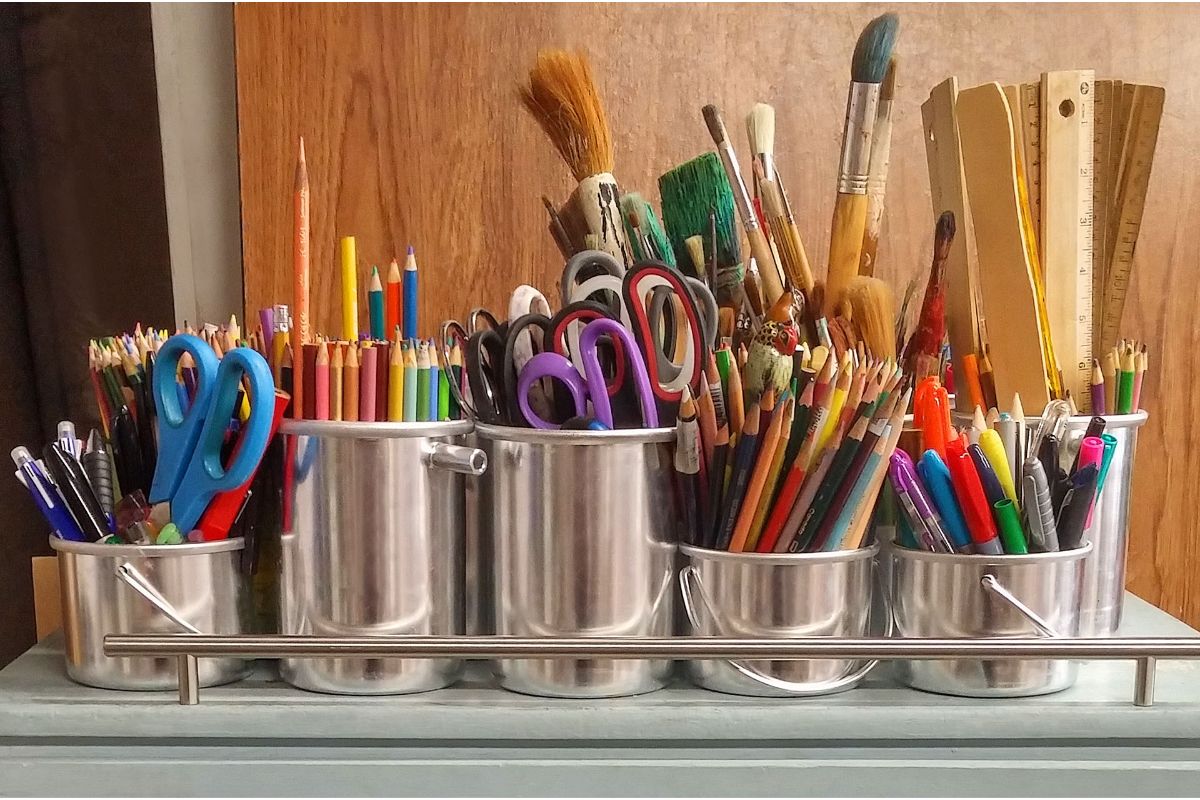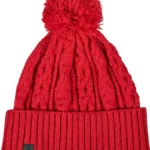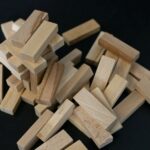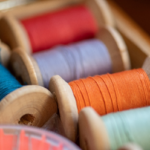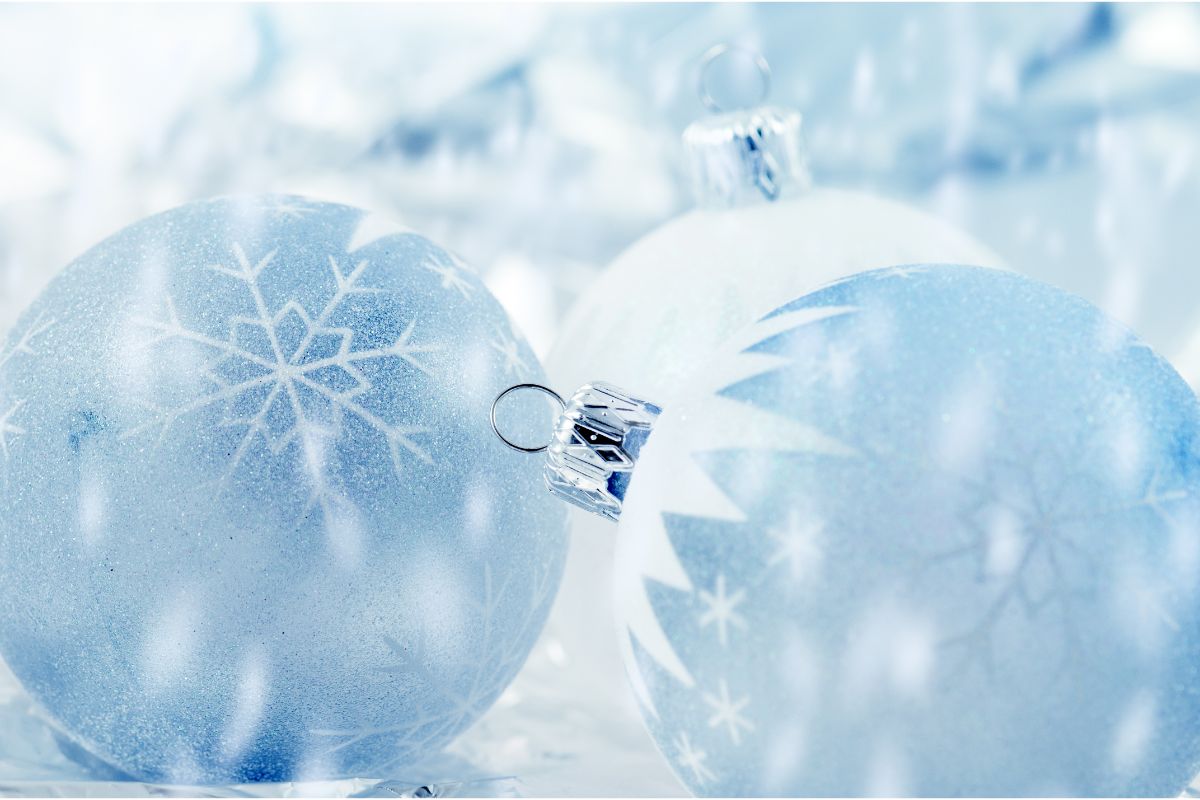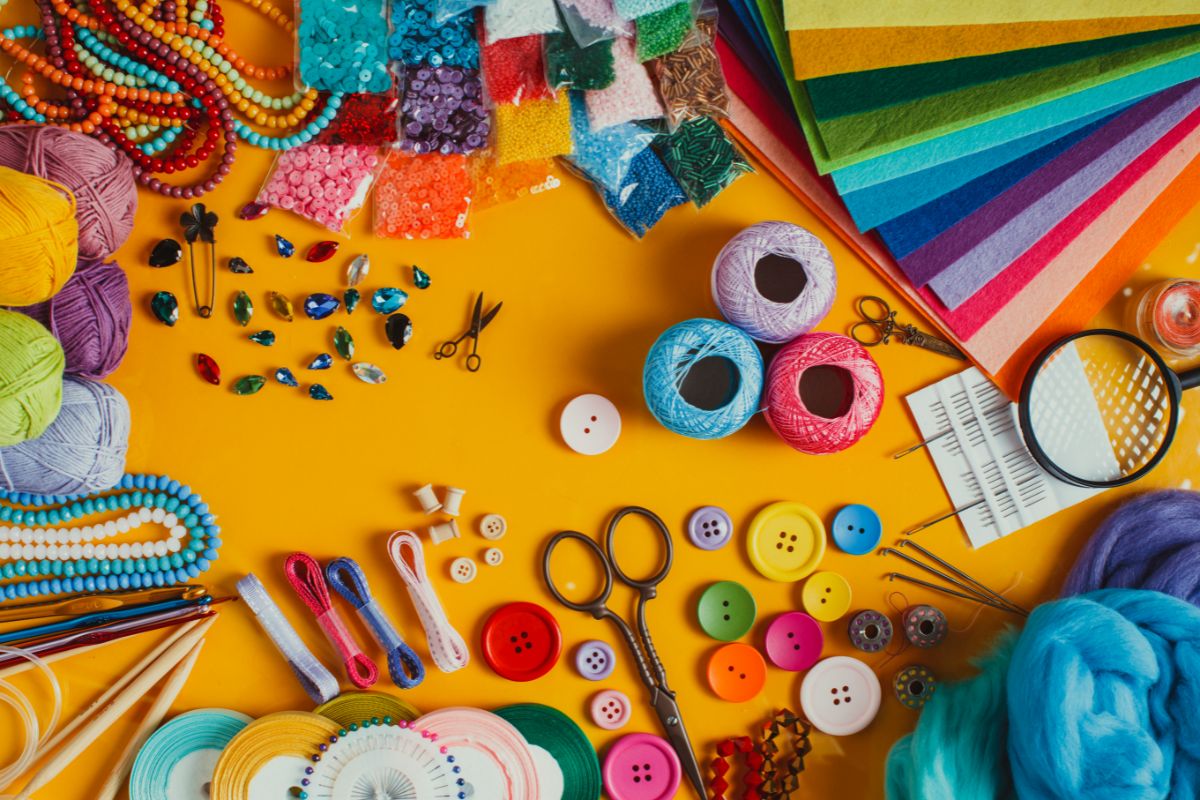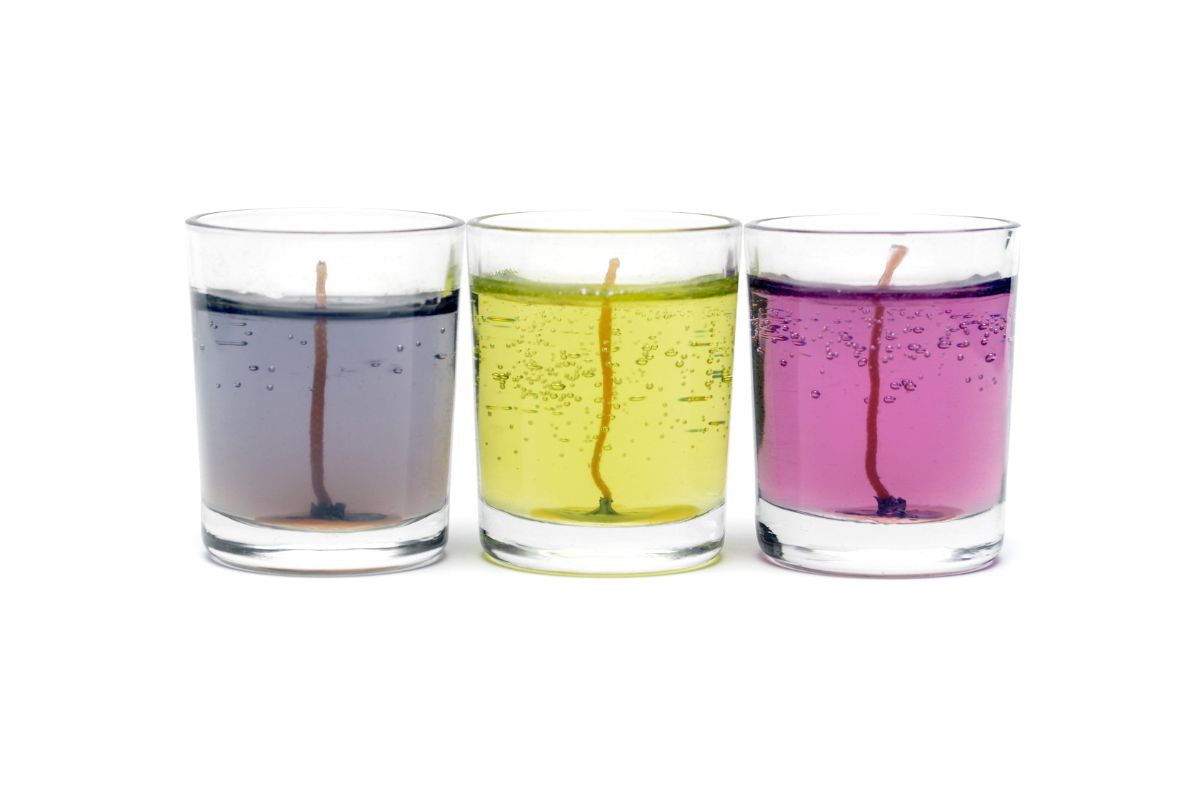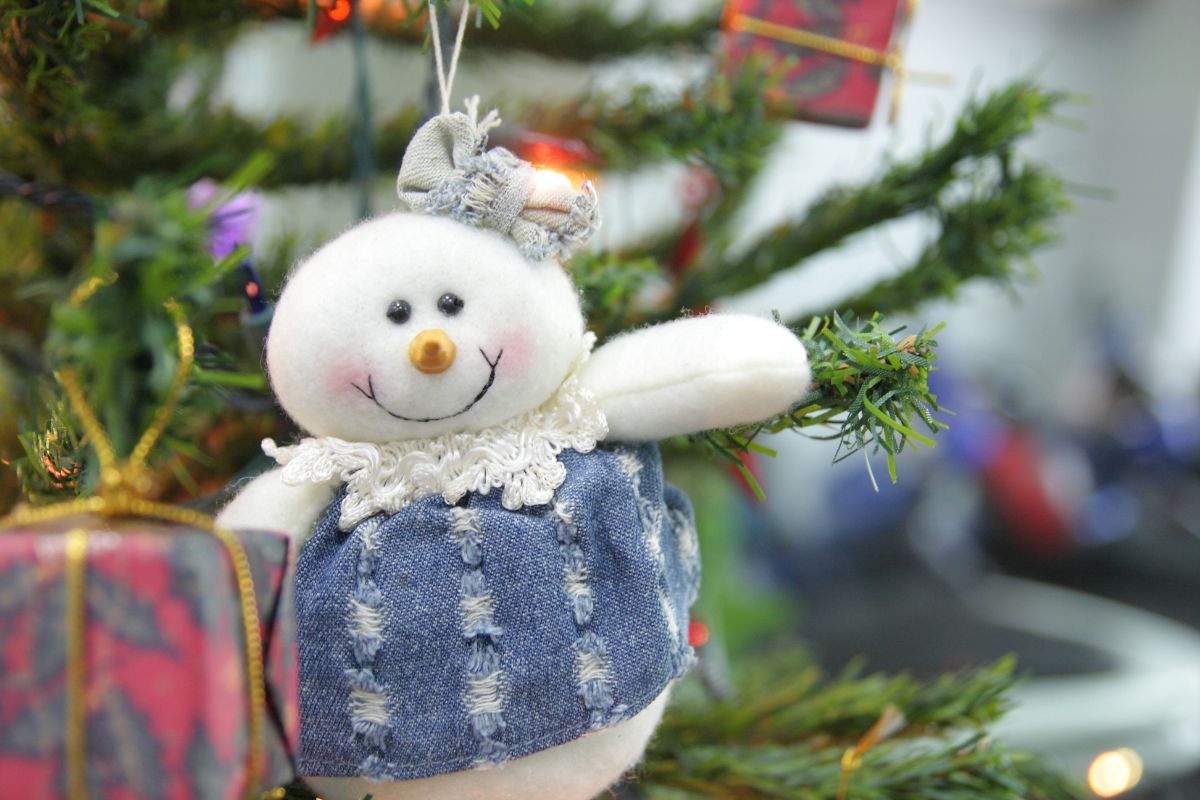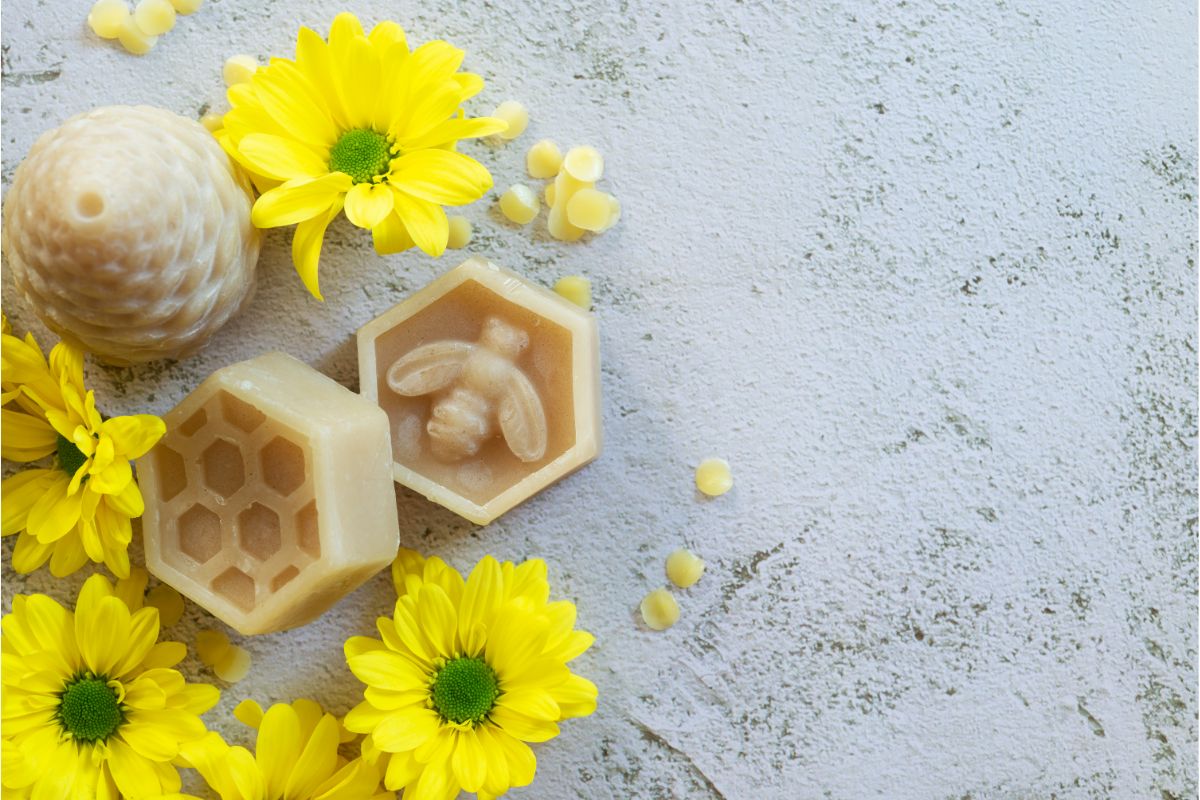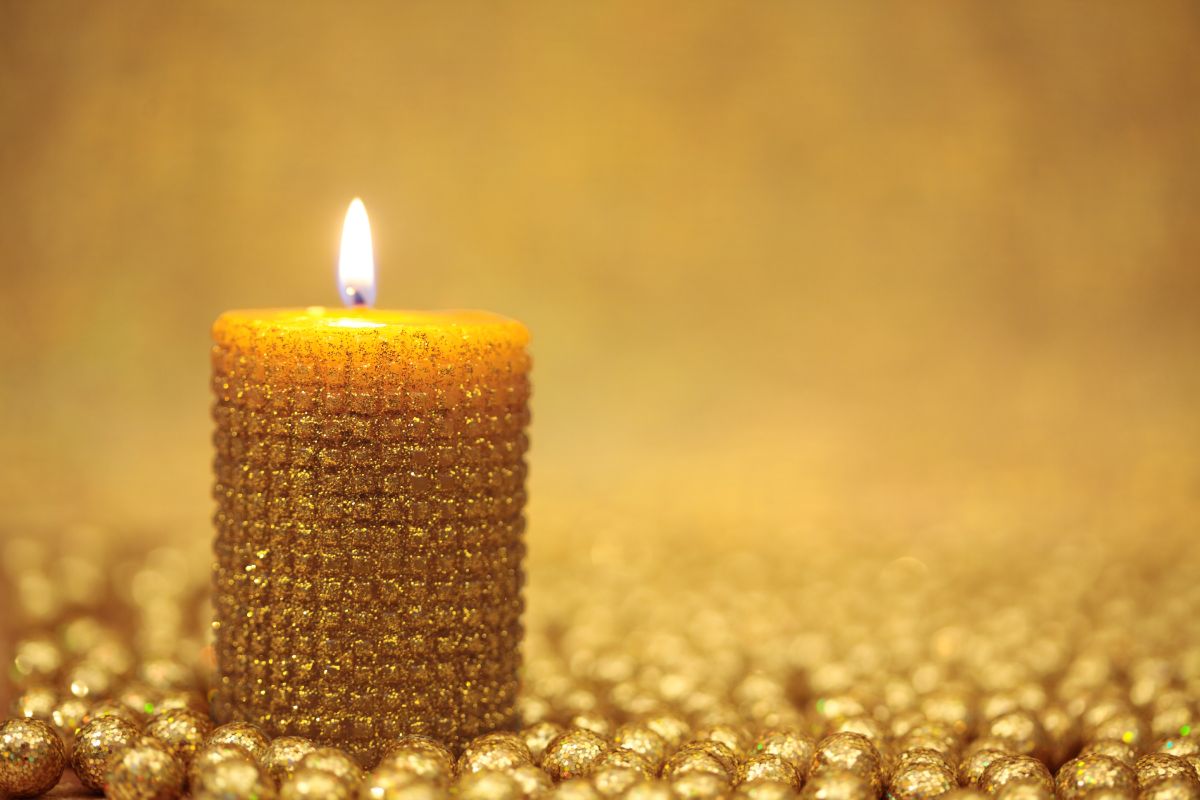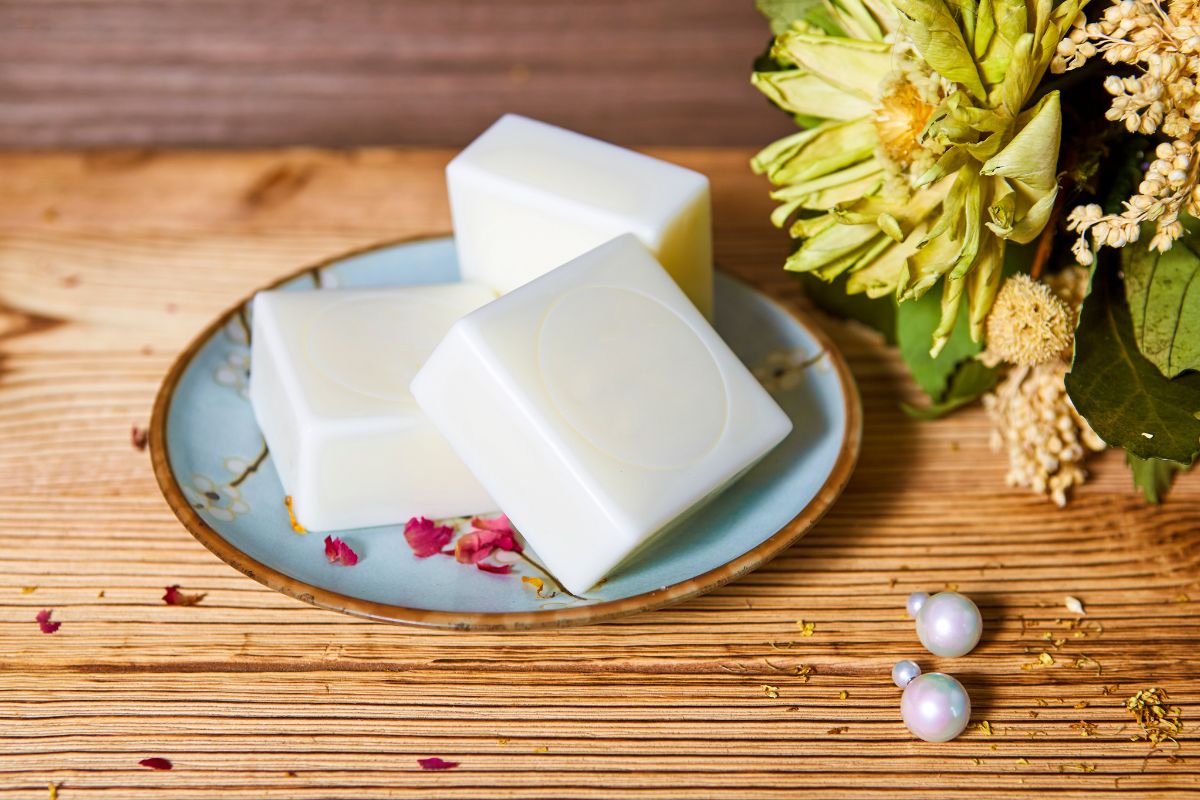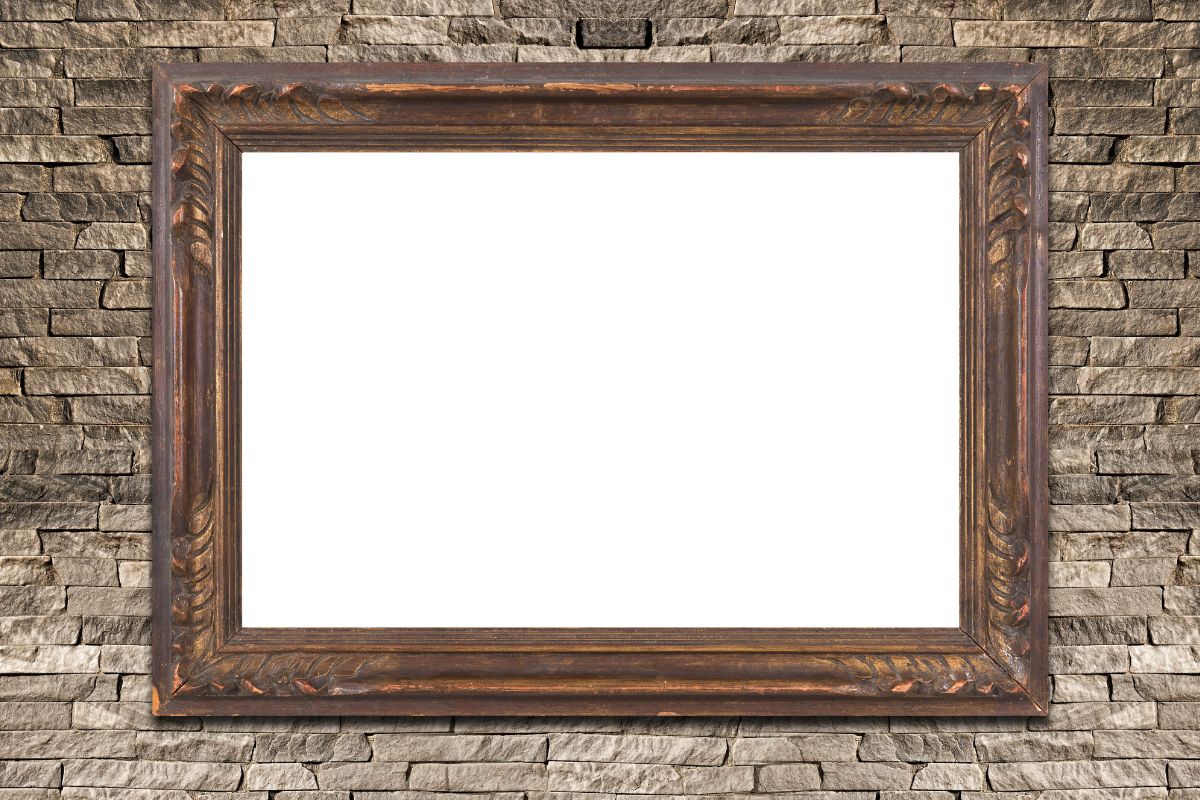The Cricut machine has become a beloved tool for crafters and hobbyists worldwide, offering the ability to cut and create a wide range of projects with precision and ease. The cutting performance of a Cricut machine heavily relies on the condition of its blade. The Cricut blade is a crucial component responsible for clean and accurate cuts on various materials. As with any cutting tool, the blade's longevity is a common concern among users. In this comprehensive guide, we'll explore the factors that affect the lifespan of a Cricut blade, signs of a worn-out blade, maintenance tips to extend its life, and when it's time to replace the blade.
Understanding the Cricut Blade
Before we delve into the lifespan of a Cricut blade, let's briefly understand the types of blades used in Cricut machines:
- Fine-Point Blade: The fine-point blade is the standard blade that comes with most Cricut machines. It is designed to cut a wide variety of materials, including cardstock, vinyl, iron-on, and more. The fine-point blade has a sharp, fine tip that allows for intricate and precise cuts.
- Deep-Point Blade: The deep-point blade is specifically designed for cutting thicker materials, such as chipboard, leather, and craft foam. It has a steeper blade angle to handle more robust materials.
- Bonded-Fabric Blade: The bonded-fabric blade is optimized for cutting bonded fabrics, such as Heat-N-Bond and other fabric-backed materials. It provides clean cuts without the need for backing material.
Factors Affecting Cricut Blade Lifespan
The lifespan of a Cricut blade can vary depending on several factors:
- Material Type: The type of material you cut most frequently will significantly impact the blade's longevity. Cutting dense or abrasive materials like chipboard or glitter cardstock can wear out the blade faster than cutting regular cardstock.
- Cutting Frequency: The more you use your Cricut machine, the faster the blade will wear out. Frequent cutting sessions, especially on tough materials, can shorten the blade's lifespan.
- Cutting Pressure: Adjusting the cutting pressure on your Cricut machine is essential for different materials. Excessive pressure can cause the blade to dull faster.
- Cutting Speed: Cutting too fast or too slow can affect the blade's performance. It's essential to find the right cutting speed for each material.
- Material Thickness: Using the appropriate blade for the material thickness is crucial. Cutting thick materials with a fine-point blade, for example, can lead to premature blade wear.
- Blade Quality: The quality of the blade itself can affect its durability. Genuine Cricut blades are designed to last longer than generic or third-party blades.
Signs of a Worn-Out Cricut Blade
A worn-out blade can negatively affect the cutting quality and precision of your Cricut machine. Here are some signs that indicate it's time to replace the blade:
- Inconsistent Cuts: If you notice that your Cricut machine is not cutting through the material cleanly or is leaving uncut areas, it may be due to a dull blade.
- Ragged Edges: A worn-out blade can cause jagged or rough edges on the cut pieces, making them look messy and uneven.
- Difficulty Cutting: If the blade struggles to cut through materials that it could handle easily before, it's likely time for a replacement.
- Excessive Tearing or Pulling: If the blade is tearing or pulling at the material rather than cutting smoothly, it's a sign of blade wear.
- Increased Cutting Pressure: If you find yourself needing to increase the cutting pressure significantly to achieve proper cuts, the blade may be losing its sharpness.
Tips to Extend Cricut Blade Lifespan
To prolong the lifespan of your Cricut blade and ensure optimal cutting performance, consider the following maintenance tips:
- Use the Right Blade for the Material: Always use the appropriate blade for the material you are cutting. For thick materials like chipboard, use the deep-point blade, while the fine-point blade is suitable for most standard materials.
- Inspect the Blade Regularly: Check the blade regularly for signs of wear and tear. If you notice any visible nicks, chips, or dullness, consider replacing the blade.
- Rotate and Flip the Blade: When possible, rotate or flip the blade periodically to distribute the wear more evenly across its edges.
- Clean the Blade and Housing: Regularly clean the blade and blade housing to remove any debris or adhesive buildup that can affect cutting performance.
- Adjust Cutting Pressure and Speed: Avoid using excessive cutting pressure or speed. Fine-tune the settings to find the right balance for each material.
- Use a Quality Mat: A clean and sticky cutting mat can prevent the blade from working too hard, reducing wear.
- Avoid Cutting on Worn-Out Mats: Cutting on a heavily used mat can damage the blade faster. Replace the cutting mat when needed to protect the blade.
- Avoid Cutting Too Intricate Designs: Extremely intricate designs can cause the blade to work harder, potentially leading to faster wear.
- Store Blades Properly: Store spare blades in a safe place away from humidity and extreme temperatures.
When to Replace the Cricut Blade
Despite careful maintenance, a Cricut blade will eventually wear out over time due to the nature of its usage. As a general guideline, consider replacing the blade in the following scenarios:
- Visible Wear: If you notice visible signs of wear, such as chipped edges or a dull tip, it's time for a replacement.
- Poor Cutting Results: If your Cricut machine consistently delivers poor cutting results, even after adjusting settings and materials, it's likely due to a worn-out blade.
- Frequent Blade Adjustments: If you find yourself frequently adjusting the cutting pressure or speed to compensate for poor cuts, it may indicate a dull blade.
- Blade Damage: If the blade is damaged due to accidental drops or mishandling, it's best to replace it.
- Excessive Cutting Time: A blade that takes significantly longer to cut through materials than usual may be nearing the end of its lifespan.
Conclusion
The lifespan of a Cricut blade depends on various factors, including the type of material you cut, how often you use the machine, and the cutting settings you apply. By understanding the signs of a worn-out blade and following proper maintenance techniques, you can extend the blade's longevity and ensure consistent and precise cutting performance. Regularly inspecting and caring for your Cricut blade will not only save you time and frustration but also lead to beautiful and professional-looking craft projects. Remember that when the blade shows significant signs of wear or fails to deliver satisfactory results, it's time to invest in a replacement blade to continue enjoying the full potential of your Cricut machine. Happy crafting!
To find out more about Cricut, please visit any of the following areas:
- How to use cricut infusible ink
- How to make stickers with cricut
- How to make cricut mat sticky again
- How to iron on cricut vinyl
- How to download fonts to cricut
- How to make stencils with cricut
- How to use a cricut
- What is a cricut machine
- How to cut cardstock on cricut
- How to make cake toppers with cricut
- How to put vinyl on cricut mat
- Why is my cricut not cutting
- How to make shirts with cricut
- How to slice in cricut design space
- How to use svg files with cricut craft room
- Why does my cricut keep disconnecting
- How to load cricut mat
- How to curve text on cricut
- How to curve an image on cricut
- How to use cricut card mat
- How to make coasters with cricut
- Why is my cricut power button red
- Why won’t my cricut connect to my computer
- How to calibrate cricut
- How to make stickers with cricut joy
- How to mirror on cricut
- How to do multiple colors on cricut
- How long does a cricut blade last
- How to emboss with cricut
- How to save cricut design as pdf
- Cricut Hat Press: A Comprehensive Guide on Usage - August 13, 2023
- Unlocking Creativity with the Cricut Joy: A Comprehensive Guide - August 12, 2023
- The Ultimate Guide to the Cricut Maker Bundle - August 11, 2023

